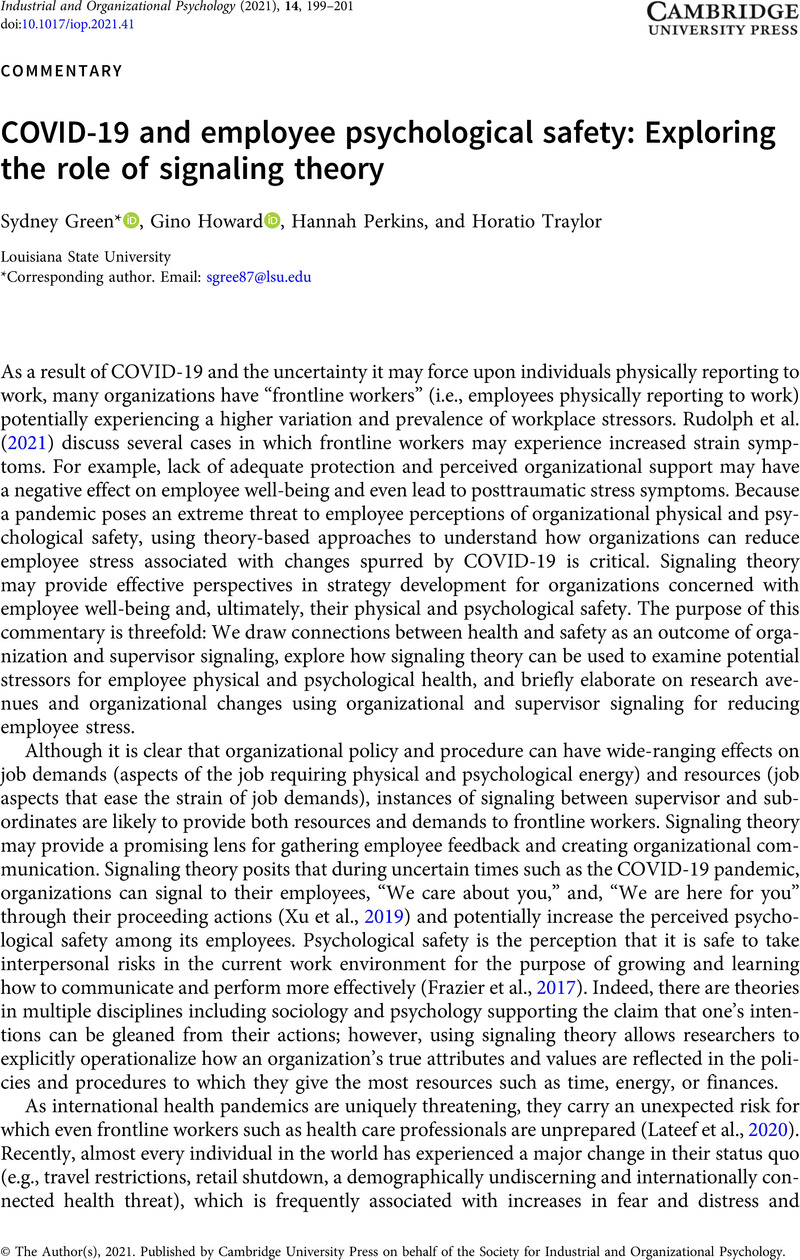Crossref Citations
This article has been cited by the following publications. This list is generated based on data provided by Crossref.
Yao, Alex
2023.
Communication during pandemic: who should tweet about COVID and how?.
Journal of Strategic Marketing,
Vol. 31,
Issue. 8,
p.
1434.



